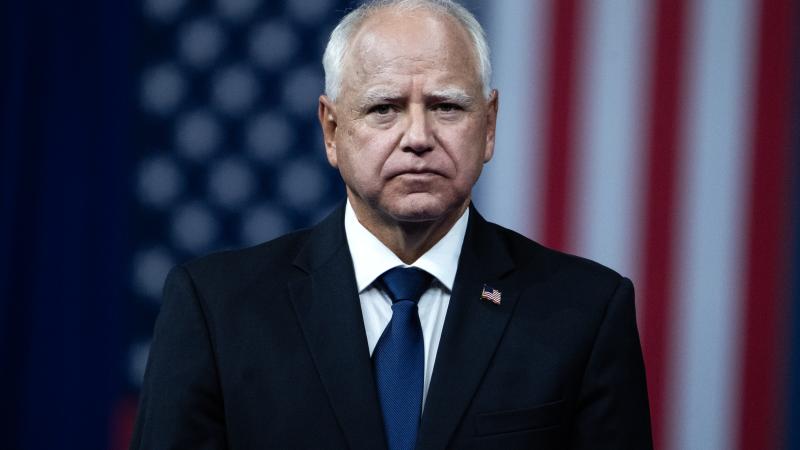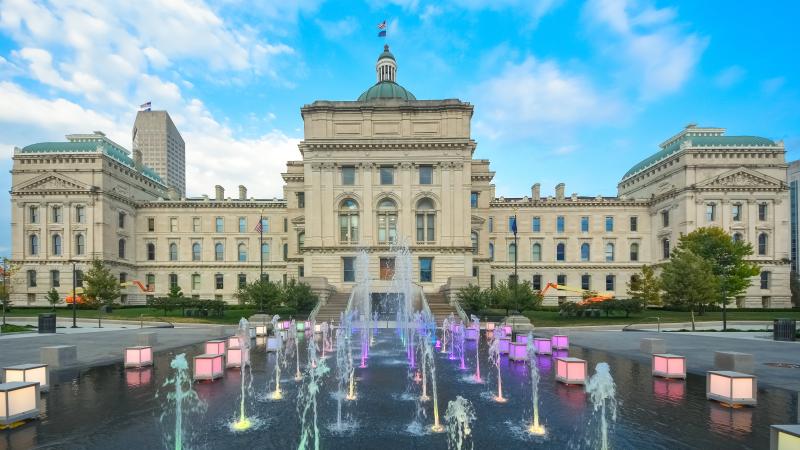Uvalde report finds 'systemic failures and egregious poor decision-making' by police
Uvalde's mayor placed then-acting police chief on administrative leave after the report was released.
The Texas House report into the Uvalde elementary school shooting in May that killed 21 people, including 19 children, said the massacre was unable to be stopped due to "systemic failures and egregious poor decision-making."
The report obtained by the Texas Tribune attempts to piece together what happened during the 77 minutes after the alleged gunman, 18-year-old Uvalde High School dropout Salvador Ramos, entered Robb Elementary School until the point he was killed by a Border Patrol agent.
While 376 law-enforcement officers responded to the shooting, the report does not place blame solely on Uvalde school district Police Chief Pete Arredondo, as other reports have done. Instead, the Texas House committee focuses mostly on problems with communication during the incident and preparation beforehand.
The report does note that "Chief Arredondo’s search for a key consumed his attention and wasted precious time, delaying the breach of the classrooms," and that no one contacted the principal about a master key, which she and the custodian both had.
Officers were confused as to whether the suspect was an "active shooter" or a "barricaded subject," which would have required a different response, the report said.
"Responders did not remain focused on the task of 'stopping the killing' as instructed by active-shooter training. They never attempted to breach the classroom before [the Border Patrol Tactical Unit] accomplished entry," it said.
Other factors before the shooting came into play as well. For example, the elementary school had poor wifi and not all teachers knew about the shooting alert, the report said.
The door to Room 111, one of two fourth-grade classrooms where the massacre occurred, had a broken lock and no one had worked to repair it. In addition, the school "had a culture of noncompliance with safety policies requiring doors to be kept locked, which turned out to be fatal," it said.
The House report delved into the suspected attacker's history as well, but said, "There apparently was no information actually known to local Uvalde law enforcement that should have identified this attacker as a threat to any school campus before May 24, 2022."
Focusing on the law enforcement response, the report said: "Chief Arredondo did not assume his preassigned responsibility of incident command ... Instead, he remained in the hallway where he lacked reliable communication with other elements of law enforcement, and he was unable to effectively implement staging or command and control of the situation."
As police officers responded over the course of an hour, the scene was described as "chaotic, without any person obviously in charge or directing the law-enforcement response."
The committee stated that it had not yet received medical evidence to determine whether lives could have been saved had law enforcement responded more quickly.
While many victims likely died immediately, the report said that "given the information known about victims who survived through the time of the breach and who later died on the way to the hospital, it is plausible that some victims could have survived if they had not had to wait 73 additional minutes for rescue."
The House committee said that it did not find any 'villains' other than the gunman during its investigation.
"There is no one to whom we can attribute malice or ill motives. Instead, we found systemic failures and egregious poor decision-making. We recognize [that] the impact of this tragedy is felt most profoundly by the people of Uvalde in ways we cannot fully comprehend," the report said.
In response to the Committee's findings, Uvalde Mayor Don McLaughlin stated that he placed Lt. Mariano Pargas, who was acting chief of the Uvalde Police at the time of the shooting, on administrative leave, New York Times journalist J. David Goodman reported.
The committee wrote that Pargas, one of the earliest responders, "dominated the north end" of the school building. He testified that he "was never in communication with Chief Arredondo, and that he was unaware of any communication with law enforcement officers on the south side of the building."
He told the committee that he unsuccessfully attempted to establish a command post at a funeral home nearby.
On the day the report was released, McLaughlin released body camera footage to CNN showing Chief Arredondo attempting to negotiate with the shooter as the suspect fires off rounds.
"Sir, if you can hear me, please put your firearm down, sir. We don't want anybody else hurt," he yelled as gunshots ring out in the background.
Warning: the following footage may be distressing for some. Viewer discretion is advised:
Another voice can be heard urging Arredondo to act: "We got kids in there!"
"I know, I know," an official responds as another states, "That's what we're doing. We're [trying to] get them out."
Former FBI official Josh Campbell, who is now a CNN correspondent, tweeted that the response "goes against EVERYTHING we who were in law enforcement were trained to do."
After the state investigatory committee met for nearly two hours with family members of the Uvalde shooting victims, the panel's three members summarized the report's findings to the media.
"I think each community can look at the things we've laid out in this report and make some determinations about how we can prevent this from happening," Republican committee chair Dustin Burrows told reporters during a press conference on Sunday.
Officers who knew that it was an active-shooter incident "should have done more," Burrows said, but he did not blame the other law-enforcement officers who did not know that it was an active-shooter situation.
He noted it would take months and far more work than a three-person committee is capable of alone to determine which officers knew what.
















